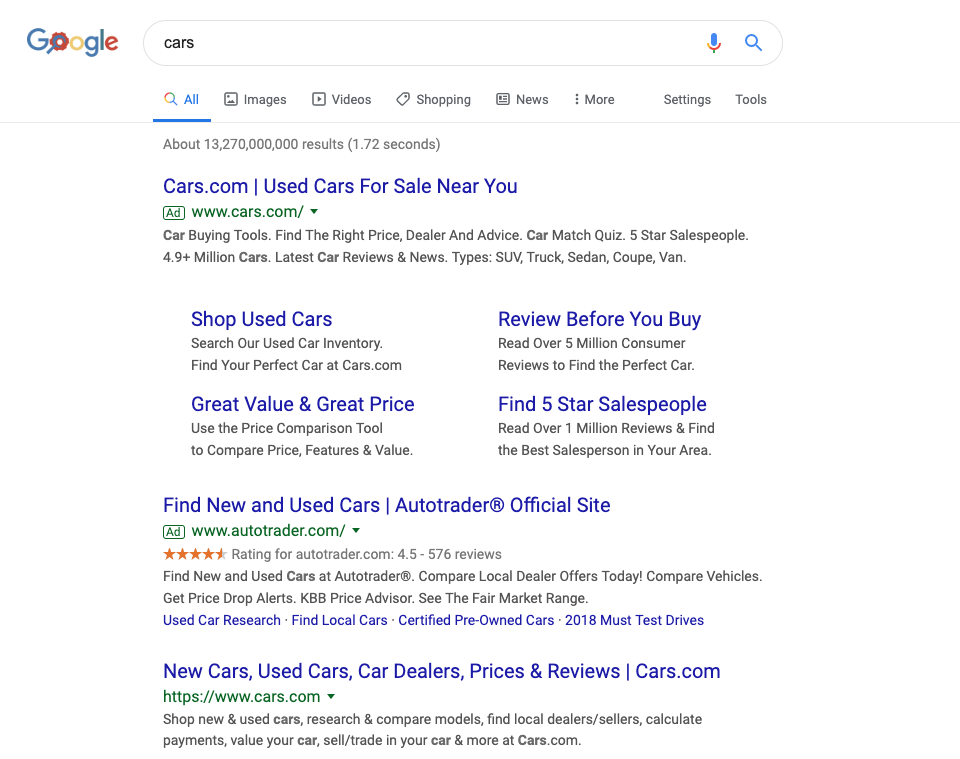
I use the PESO model to develop integrated marketing communication plans but is that its only use? I always like to look at things from different angles. While PESO is the intention, it doesn’t necessarily have to be used in this way.
For the record, I am a huge advocate of integrated plans. They offer more value and you will get better results.
For those of you who don’t have the bandwidth, the budget or just aren’t sold on an integrated plan, the PESO model can still be a great help.
Today, I am going to talk a little bit about what the PESO model is and how you can leverage it to create a nonintegrated plan.
What is the PESO Model?
If you have read this blog before, you know that I reference the PESO model often. It was developed by Gini Dietrich at Spin Sucks and is used by many within the public relations and marketing industries for good reason.

The PESO model lays out a framework that shows us the different channels that we can use and their unique importance. When you use them together towards common goals they produce a strong punch but let’s take a step back for a minute.
For some of you, I understand that PESO is a new concept so let’s break it down.
Paid Media
Paid media is what you know as ads. It’s ads not on television, radio, or in print. Paid media is digital ads. You’ve seen it on social media as sponsored content and on search engines.
Here are three examples from Twitter, Facebook, and Google.
There are two things that make paid media a better option than ads through traditional channels.
The first is digital ads can target a specific group of people. For example, on Facebook, you might target women between the ages of 18-24 who live in Boise, Idaho who like cats.
Second, digital ads are measurable. While there is no doubt that television or a newspaper can reach a large audience, there is no way to measure the impact with certainty. With digital ads, we want them to click the link in the ad which will take them to our desired page. There is no guessing. We know whether they took that action or not. We also know how many people were exposed to the ad which means we can determine the cost-per-click. You now know your return on investment.
Earned Media
Earned media is better known to most as media relations. It is a well known public relations function that is used to generate awareness and interest.
Media relations is tied so closely to public relations that for many people they are synonymous. They have never really been the same and are even less so in the digital age.
Traditionally media relations describes the process of pitching a story or interview to media outlets such as newspapers, magazines, and television. You see it in action when the CEO of a company gives an interview on television or when a non-profit gets coverage in the local newspaper.
This type of media must be earned. Somebody has to pitch the story to the newspaper, television station, or magazine. Not every pitch is successful hence the name, earned media.
Outside of the traditional media, other channels are now included in our definition of the media such as bloggers and influencers.
Another benefit of earned media is that it is a great tactic to improve search engine optimization (SEO). The more sites link back to your website, the more it improves your credibility in the eyes of the search engines meaning the chances of your website showing on page one of a search engine results page have improved.
Shared Media
Shared media is better known to you as social media. Facebook, Instagram, Twitter, LinkedIn, Pinterest, Snapchat, and Youtube are all examples of shared media.
So why call it shared? It’s not just about being on social media, it’s about sharing on social media. Most web pages, including my own, give an option to share on the social media networks.
Sharing is a powerful way to spread information. It means that your conent can reach a large audience. Think of it like a virus (a good virus in this case) that is passed from person to person and is seen within each network that person has built. The more shares make it more likely that people are going to read the post or click on a link.
It’s no wonder that marketers love shared media. It’s a great way to promote a website, an article, and even a new product.
Owned Media
Owned media is what we call it when you own the content and the channel. The most obvious example of owned media is a website. It’s not any more valuable than the other of pieces of the PESO model but the fact that you have complete control of it is significant. You will never be at the mercy of another entity.
Social media networks like Facebook, use algorithms that influence what we see. If Facebook, like it did last year, decides that it wants people to see more content from friends, it will happen at the expense of the pages that do not have friend status.
Your company’s content will be demoted. Businesses that put all their eggs in the Facebook basket do it at their own risk. Social media is rented land and the social media networks can change the rules anytime they want. Remember they own it and they will always put their interests over yours.
Examples of owned media are your blog, video, newsletters, whitepapers, and ebooks.
The PESO Model Working Together
You can probably see how this model works together to reach a goal. Let’s use this post as an example. I write the blog post (owned media) and promote by posting it to my timelines on Facebook, Twitter, and LinkedIn (shared media). I also promote it by taking out an ad on Facebook (paid media). Finally, I pitch a version of it to other sites that focus on digital marketing and public relations (earned media).
Everything is working together towards a common goal.
The PESO Model at Work in Pieces
However, I promised you that you could use this model without an integrated plan. What would that look like? You can focus on one piece of the PESO model at a time.
You have a website. Now maybe you haven’t chosen to write a blog because it takes too long. That’s fine. The content on your website is the owned piece.
Maybe your goal for the quarter is to have the best website you possibly can. You want to improve the descriptions of your services and the front page and the “About” page need to be updated. Your working on owned media and its a great place to start.
Having a great website is the foundation for the rest of the model because ultimately this is where you want people to come. This is true even if all your sales happen at a physical location. In this day and age, the majority of people will make up their mind to purchase before they ever hit your store or contact a sales representative.
Let’s look at another example. Your website is in great shape so that’s not an issue but you do want to drive more traffic to your site. Paid media could be a good option. You can take out some Facebook ads or maybe an ad on Google that focuses on specific keywords.
Maybe you have a blog and you want to get the content in front of more people so you employ a media relations campaign that focuses on finding and pitching sites with like content.
Take Your Time
PESO doesn’t have to be integrated but it will work better if it is. As I said, I understand that you may have some good reasons why you might not want to put together a plan that focuses on everything at once.
If you focus on one area each quarter you would find that you are integrating everything albeit at a slower pace. The key in this situation would be to make sure you understand the ultimate goal. This way you can make sure everything is integrating in the long run.
One More Thing…
Now that you understand the PESO model you receive an additional benefit. At the very least you know where things fall and why they fall there. This is important knowledge to have even if you don’t integrate.
What are you waiting for? Start using the PESO model today. If you have any questions leave them in the comments or contact us.
- Is Your Marketing Connected? - March 6, 2025
- Stop Planning and Start Strategizing - October 24, 2024
- The Importance of Creating a Connection With Your Marketing - June 6, 2024



